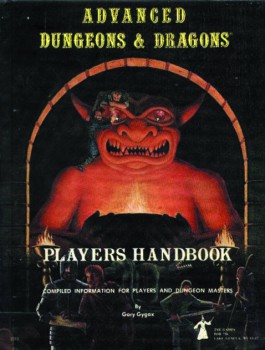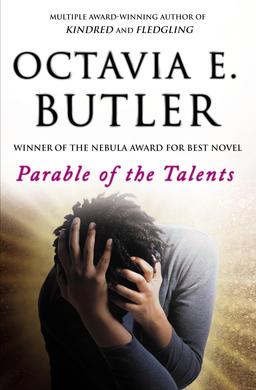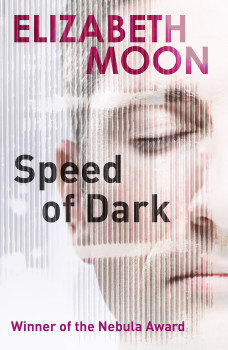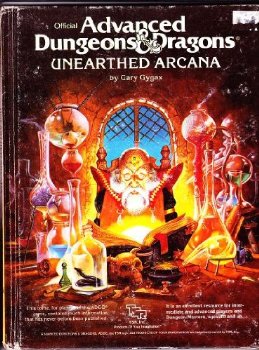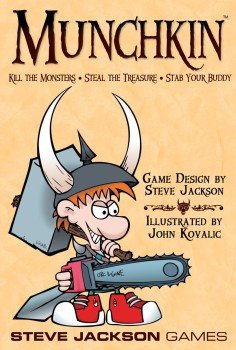In the Wake Of Sister Blue: Chapter Four
Linked below, you’ll find the fourth installment of a brand-new serialized novel, In the Wake Of Sister Blue.
A number of you will already be familiar with my Tales Of Gemen (“The Trade,” “The Find,” and “The Keystone“), and if you enjoyed those titles, I think you’ll also find much to like in this latest venture. In this latest installment, Maer decides on her next steps while Vashear suffers through the aftermath of an extrication. As for Belner, whom we’d met before but not by name, well he’s nothing if not on the run. Things are heating up, with Chapter Five to follow in two weeks’ time.
Bear in mind that this is a true serial. I haven’t written to the end; I couldn’t publish all at once even if I wished to do so. I do have the overall arc of the piece in mind, but as to how we get there? I predict it’ll be one complication at a time – minimum. I do promise this: I’ll dole out the breadcrumbs of story just as fast as I can tear them from the fictive loaf, and when we reach the end, we’ll get there simultaneously.
Welcome to adventure, In the Wake Of Sister Blue.
Tell your friends. Off we go — and if you’re just discovering this portal, don’t forget to begin at the beginning.
Read the first installment of In the Wake Of Sister Blue here.
Read the fourth and latest installment of In the Wake Of Sister Blue HERE.



